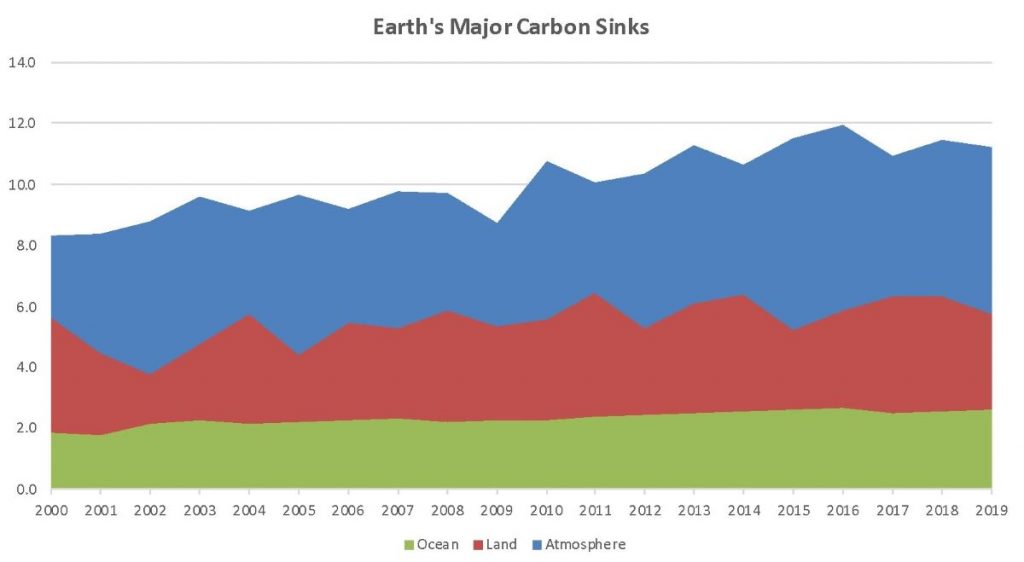What We’re About
Climate Protection and Restoration Initiative is a 503(c)(3) non-profit, public-interest, science-based, advocacy organization that is guided by scientists, legal scholars, and community and religious leaders who share our mission to protect and restore a viable climate system.
Securing our planet’s energy balance at a global average temperature conducive to the continuation of civilization and nature as we have come to know it requires, at minimum, a timely phase-out of greenhouse gas (GHG) emissions and removal of excess CO2 and CH4. Our principal tools include public education, public policy advocacy, and enforcement of the law.


Our Objective
To protect and restore our climate system, so as to enable our children to thrive, we must:
- Phase out fossil fuel and other greenhouse gas (GHG) emissions,
- Protect and restore vital natural systems, including mature and old-growth forests, and
- Remove excess atmospheric CO2 and methane (CH4).
This work in earnest – decarbonization of our energy, transportation, agricultural and industrial systems, plus the removal of excess atmospheric carbon – must be commenced without further delay. And those who have profited most from the exploitation of fossil fuels should bear the lion’s share of the necessary costs.

What’s Our Logo All About?

Data from Friedlingstein et al., Global Carbon Budget 2020.
The burning of fossil fuels – oil, gas and coal – produces carbon dioxide (CO2), among other greenhouse gas (GHG) emissions. A share of the annual CO2 emissions remains in the atmosphere for centuries, impeding the loss to space of heat that Earth receives from the sun.
We have enhanced our planet’s greenhouse effect by causing an over-concentration of CO2, methane (CH4) and other human-produced GHG. Over-concentration accounts for Earth’s energy imbalance and in part, the deadly heat, fires, and floods of recent years.
Our logo depicts calculated estimates from the cited source of Earth’s major carbon sinks. Uncertainties in the estimates account for significant year-to-year variation, but on average over the 1959-2019 period we estimate that about 44% of annual emissions remain in the atmosphere, with the ocean taking up approximately 24% and the land approximately 31% of such emissions.
Our logo simply distills that graphic, reminding us to consider the persistent role of the over-concentration of GHGs – and the need to act.












